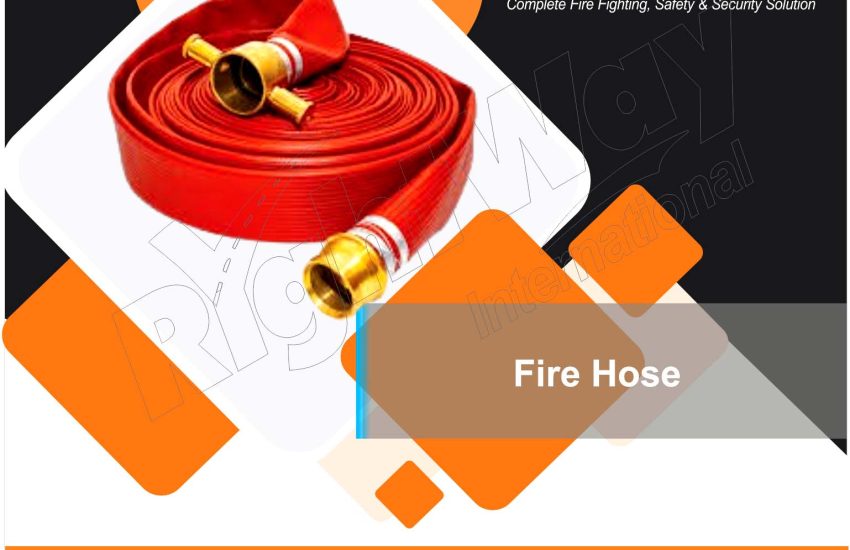Fire Hose are essential tools in firefighting, providing a reliable means of delivering water to extinguish fires. Engineers design these hoses specifically to withstand high pressures and harsh conditions, making them vital for effective emergency response. Here’s an overview of fire hoses, their types, components, maintenance, and best practices.
What is a Fire Hose?
A fire hose is a flexible tube that conveys water from sources like fire hydrants or fire engines to the fire site. Engineers design fire hoses to handle high pressures and use durable materials to ensure reliability.
Types of Fire Hose:
- Attack Hoses: Firefighters use these hoses for actively fighting fires, and they typically have a smaller diameter (1.5 to 3 inches). The design allows them to deliver water or foam directly to the fire.
- Supply Hoses: Larger in diameter (usually 4 inches or more), supply hoses transport water from the hydrant to the fire engine or from one engine to another. They ensure a continuous supply of water for firefighting operations.
- Booster Hoses: Firefighters often use these lightweight hoses for small fires or as a first response in non-structural fires.They are typically 1 inch in diameter and are easy to handle.
- Hard Suction Hoses: Designed to draw water from static sources, such as ponds or tanks, these hoses are rigid and reinforced to handle the vacuum created during suction operations.
Components of Fire Hose:
- Liner: The inner layer of the hose, typically made of rubber or synthetic materials, that holds the water and prevents leakage.
- Reinforcement: Layers of textile or other materials provide strength and resistance to pressure and abrasion, ensuring durability.
- Cover: The outer layer of the hose protects against environmental factors and physical damage. Manufacturers often make it from synthetic materials that resist UV rays and chemicals.
- Couplings: The fittings at each end of the hose that allow it to connect to water sources or other hoses. They are designed for quick and secure attachment.
Maintenance of Fire Hose:
Proper maintenance of fire hoses is critical to ensure their reliability in emergencies. Here are key maintenance practices:
- Regular Inspections: Fire hoses should be inspected monthly for signs of wear, leaks, or damage. Check couplings and fittings for secure connections.
- Cleaning: After use, hoses should be cleaned to remove dirt, chemicals, or debris that could cause deterioration. Rinse with water and allow them to dry completely.
- Storage: Hoses should be stored properly to prevent damage. Avoid kinking or twisting the hoses, and store them in a cool, dry place.
- Testing: Conduct annual flow tests to ensure that hoses can handle the necessary pressure and flow rates required for effective firefighting.
Best Practices for Fire Hose Use:
- Training: Fire departments should train firefighters in the proper handling and deployment of fire hoses, including techniques for managing hose lines during operations.
- Deployment: When deploying hoses, ensure you lay them out to minimize kinks and obstructions. Use hose rollers or guides to facilitate smooth deployment.
- Pressure Management: Be aware of the pressure ratings of hoses and manage the flow to prevent bursts or damage during use.
- Team Coordination: Effective communication and teamwork are essential when handling hoses, especially during high-pressure situations.
Conclusion
Fire hoses are a fundamental aspect of firefighting, providing the necessary means to deliver water efficiently and effectively. Understanding the different types of fire hoses, their components, and maintenance requirements is crucial for firefighters to ensure readiness and safety during emergency responses. By prioritizing proper care and training, fire departments can enhance their firefighting capabilities and protect lives and property.


